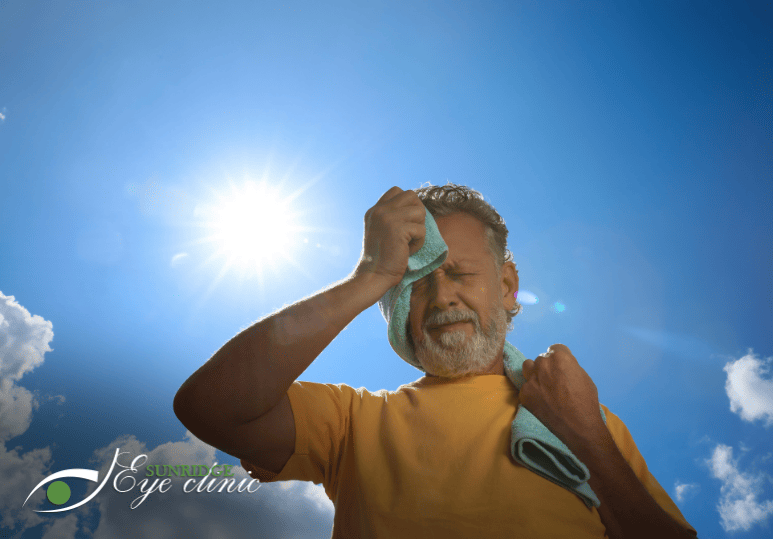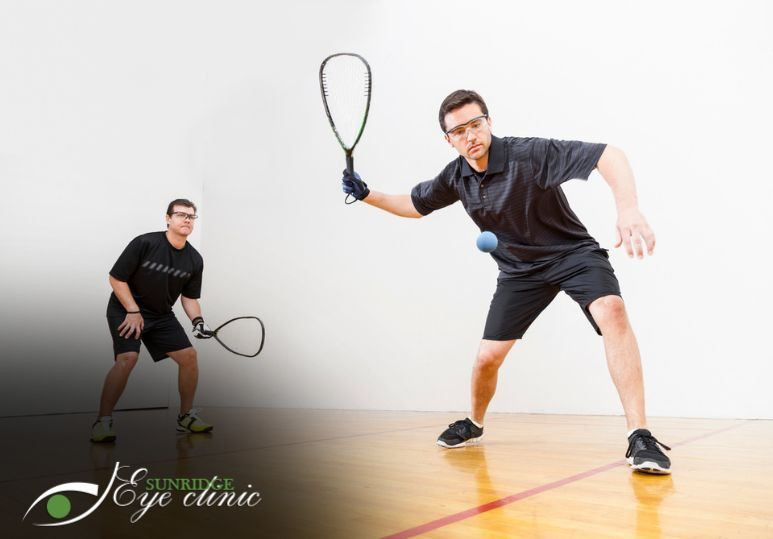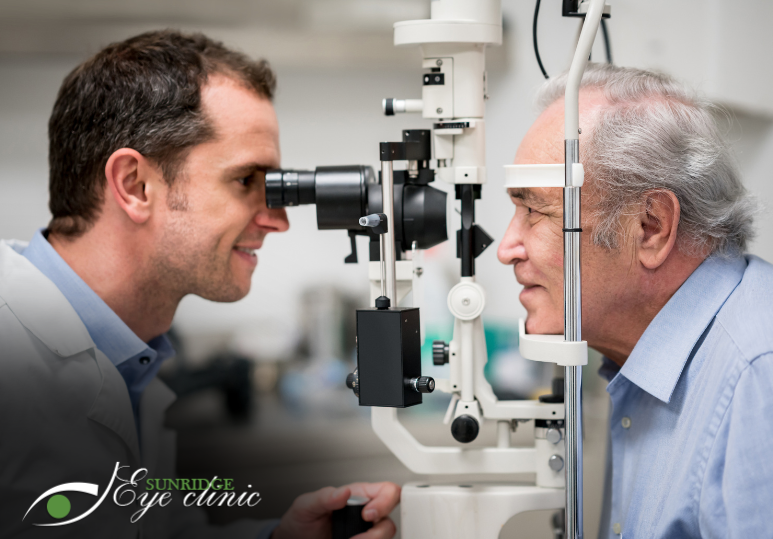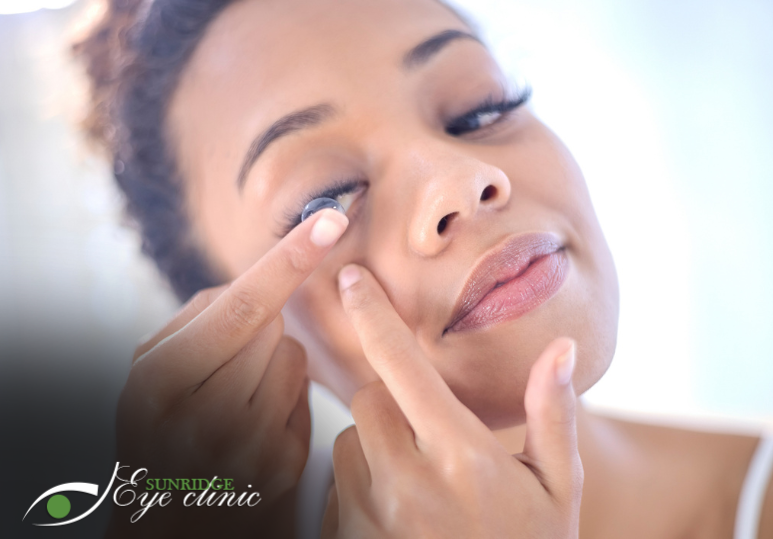UV Rays And Photokeratitis
What Are UV Rays?
UV rays are electromagnetic waves emitted by the sun. Both types of UV rays that reach the earth have negative health effects on humans. UVA rays are associated with the development of long-term health issues that may take years to develop and present. In contrast, UVB rays are associated with quick damage, often in the form of sunburns. Both forms of UV rays are ever-present no matter the season. The eyes are almost always exposed to UV rays, since this part of the body is rarely covered. UV rays can still affect your eye health even on overcast or snowy days. UV rays can also be intensified when they are reflected off of forms of water, including snow, lakes, and pools. UV rays are not only natural; there are man-made sources as well. Tanning beds rely on UV rays to develop tans and welding often gives off bright UV light when welding arcs and flames are created.
What Is Photokeratitis?
Photokeratitis is a sunburn of the eye, also referred to as a corneal sunburn. This burn is caused by UVB rays; the same rays that cause sunburns of the skin. Photokeratitis can last anywhere between several hours to several days, with most forms of corneal sunburn resolving within 48 hours. The more severe the photokeratitis, the more intense and long-lasting the symptoms. To avoid photokeratitis, do not look directly at the sun (including during eclipses), always wear UV blocking sunglasses when you go outside, wear hats that shield your eyes from the sun, and wear eye protection if you are arc welding or using a tanning bed.
What Are The Symptoms of Photokeratitis?
Some common symptoms of photokeratitis include:
- Headaches.
- Tearing/watery eyes.
- Blurry vision.
- Pain or redness in the eyes.
- Swelling of the eyes or eyelids.
- Sensitivity to light.
- A gritty sensation in the eyes.
- Twitching eyelids.
- The appearance of halos.
To relieve the symptoms of photokeratitis, hold a cool, damp cloth to your eyes or use lubricating eye drops. If your pain is severe, your optometrist may recommend over-the-counter painkillers or soothing eye drops. If you have any form of eye pain or if you suspect you have a corneal sunburn, schedule an eye exam with a Calgary optometrist.
Relieve Photokeratitis With An Eye Exam From Sunridge Eye Clinic
If you are experiencing any of the symptoms listed in this article, or if you are feeling pain or discomfort in your eyes after being outside, schedule an eye exam at Sunridge Eye Clinic. Our Calgary eye doctors will be able to assess if your symptoms are from photokeratitis or if it is due to another issue. If it is a corneal sunburn of any form, our Calgary optometrist will be able to give you recommendations for pain relief. You can also visit Sunridge Eye Clinic to buy a pair of UV blocking lenses to keep your eyes safe from UV rays and photokeratitis. To book an eye exam with one of our optometrists, contact Sunridge Eye Clinic in NE Calgary at 1-403-280-7518 or fill out the online contact form.
FAQ
Q: Is photokeratitis the only way that UV rays can harm the eyes?
A: Photokeratitis is one type of eye condition that can be caused by UV rays, but UV rays can also lead to chronic eye conditions such as age-related macular degeneration (AMD), cataracts, eyelid cancer, and cancer of the eye. Wearing UV-blocking sunglasses and using sunscreen on your eyelids can help protect you from these conditions.
Q: How long is a comprehensive eye exam?
A: A comprehensive eye exam will last anywhere from 30 minutes to an hour depending on the tests performed by your optometrist.
Q: How is photokeratitis diagnosed?
A: When you go for an eye exam, your optometrist will view your eye and discuss your recent activity. Your eye doctor may be able to determine if you have photokeratitis from this alone, although they can also use eye drops with a dye called fluorescein to show irregularities on your cornea.






